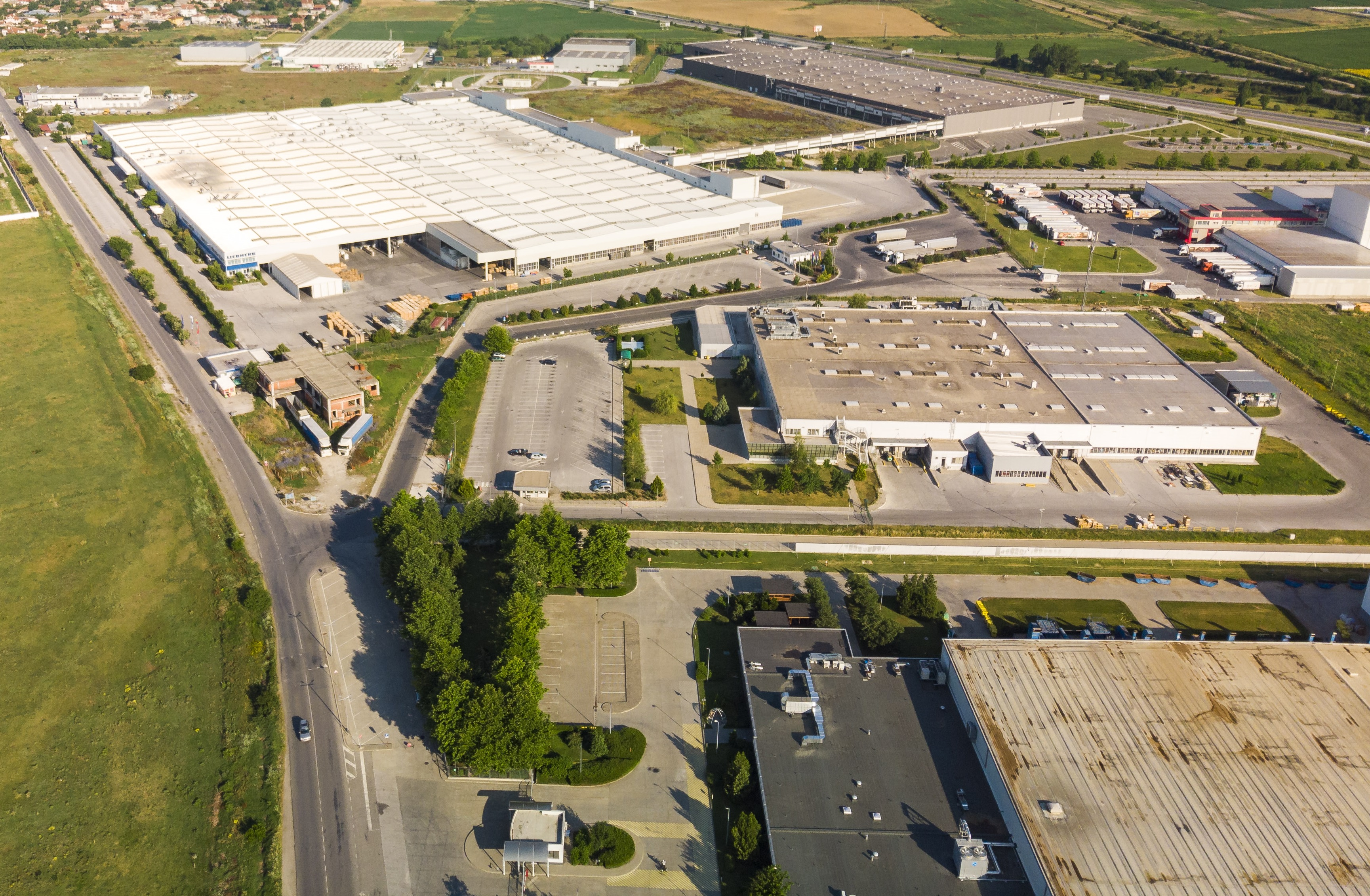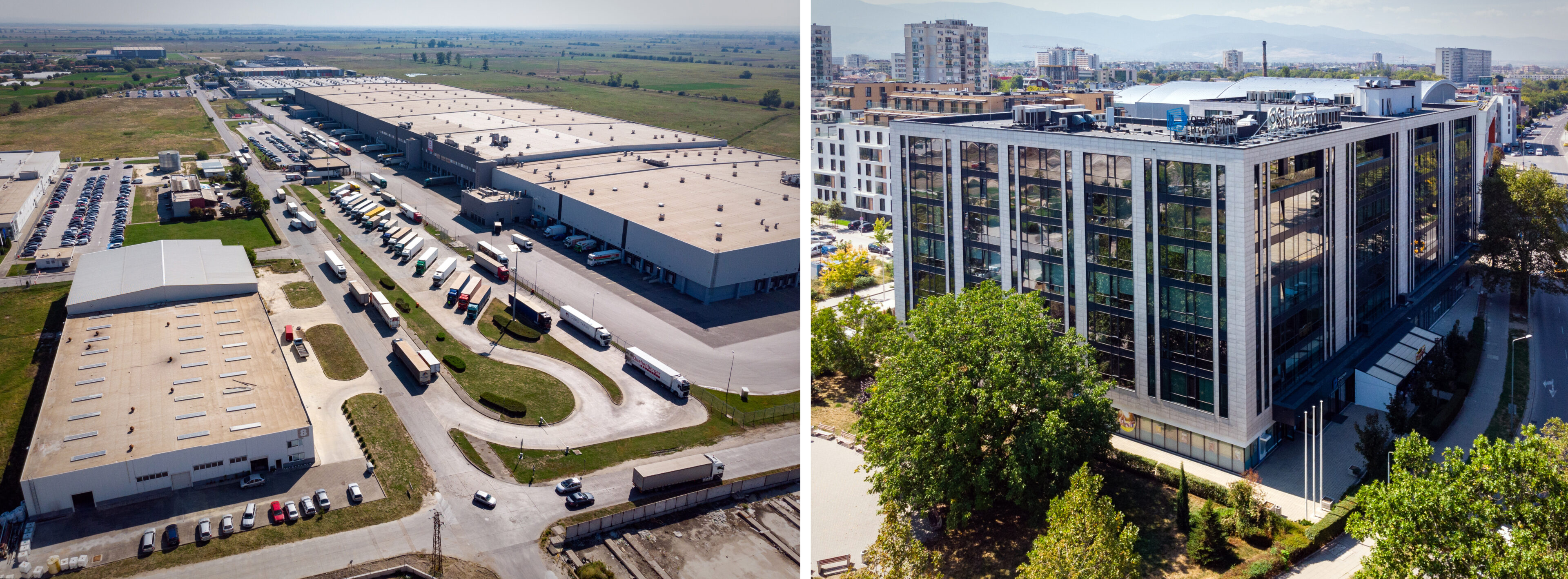The Central Laboratory for Applied Physics at the Bulgarian Academy of Sciences in Plovdiv demonstrated modern equipment of a new generation, which expands its scientific activity and helps dozens of companies to transfer scientific achievements. The team participates in several EU research programs and has already invested over BGN 2.5 million in new equipment and materials. The established research center specializes in nanotechnology and protective coatings of various tools and materials made of metal, with the latest research being on artificial joints for the human body.
 In addition, the laboratory has a scanning electron microscope worth over BGN 1 million, designed to study the morphology, structure and composition of superhard coatings developed by scientists. It’s the firsth and only of its kind in Bulgaria and Eastern Europe. With its help scientists are able to analyze the materials in technological and innovative production.
In addition, the laboratory has a scanning electron microscope worth over BGN 1 million, designed to study the morphology, structure and composition of superhard coatings developed by scientists. It’s the firsth and only of its kind in Bulgaria and Eastern Europe. With its help scientists are able to analyze the materials in technological and innovative production.
“Our goal is to connect the interests of science and business, with the focus on partnership through young people, students and PhD students, who will be able to put their knowledge into practice. Thus, in 2023 we will actively work with companies, create start-ups and train young people, “said Prof. Iliya Zhelezarov, Rector of the Technical University – Gabrovo, the leading organization in the project Competence Center “Intelligent Mechatronic, eco- and energy-saving systems and technologies’.
“The Laboratory for Applied Physics is part of the structure of the Bulgarian Academy of Sciences in Plovdiv and is one of the few units that makes a transfer from science to business. This helps the industry to be more competitive and more efficient. Many European and national funds have been invested here, mainly in the most modern equipment and we are very proud of the rapid development of the laboratory, “said Deputy Mayor Stefan Stoyanov.
Since last year, there has been a Research Center for Mechatronics and Nanotechnology, located in the so-called “Clean Room”, in which the dust content has been reduced from several million particles to 100,000, thanks to hepafilters.
 “After developing a material or technology for it, it is transferred to the industry in various forms, for which companies provide metal products and materials for special nanocoating, which makes them resistant to corrosion and wear,” explained Assoc. Prof. Lilyana Kolaklieva, Director of the laboratory and added that this helps extend their lifetime at least twice.
“After developing a material or technology for it, it is transferred to the industry in various forms, for which companies provide metal products and materials for special nanocoating, which makes them resistant to corrosion and wear,” explained Assoc. Prof. Lilyana Kolaklieva, Director of the laboratory and added that this helps extend their lifetime at least twice.
What we are talking about is tools, dies, punches used in the metalworking industry. Other areas where such coatings are widely used are automotive, aircraft and medicine – related to compliance with the requirements for corrosion resistance and biocompatibility. The nanocoating is applied in stands, prostheses, which do not emit harmful particles in the body. Special coatings also protect people from the harmful effects of metals.
The high-tech equipment in the Central Laboratory of Applied Physics of BAS, which employs 30 scientists and technologists, will allow many Bulgarian young scientists through modern technology to do research and development in Bulgaria that will be useful for the business. The Center currently works with 30 companies from all over the country.
In the Clean Room, particles from a single source are sprayed and applied to the coatings. Ionized gas, most often argon, “bombards” the target with the material to be applied. The particles it emits are applied to the respective tools. The layers that are obtained are extremely smooth and are applied at different temperatures – from room to 500 degrees celsius. This is the only machine of this kind in Eastern Europe. Coatings are most often applied in matrices for parts in the industry.
In addition to that, the laboratory has a second machine that coats with voltaic arc – a method that is more widely used in industry. Additionally, tests and studies are performed to examine the lasting of the nanocoating and its adhesiveness.




